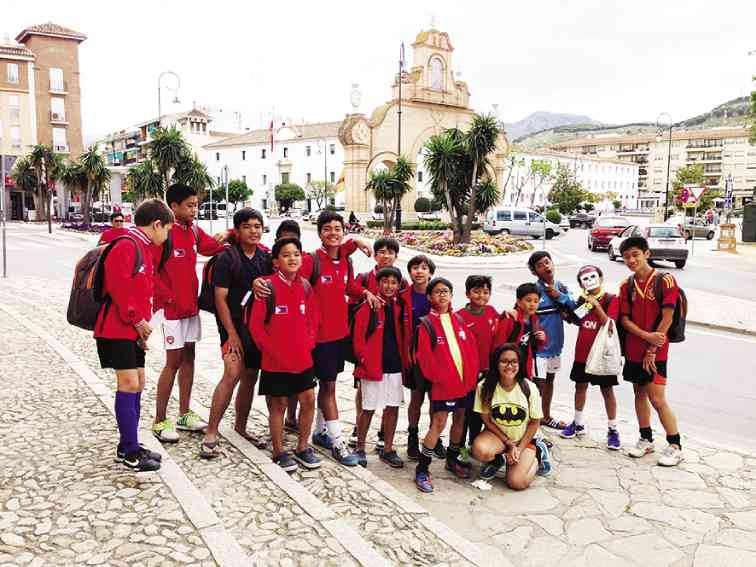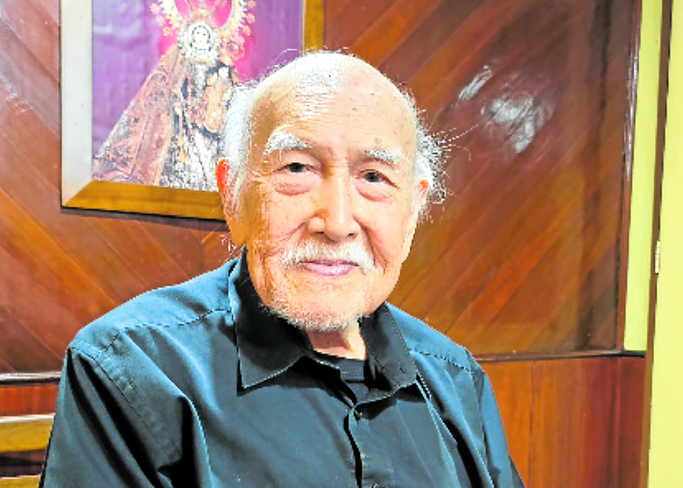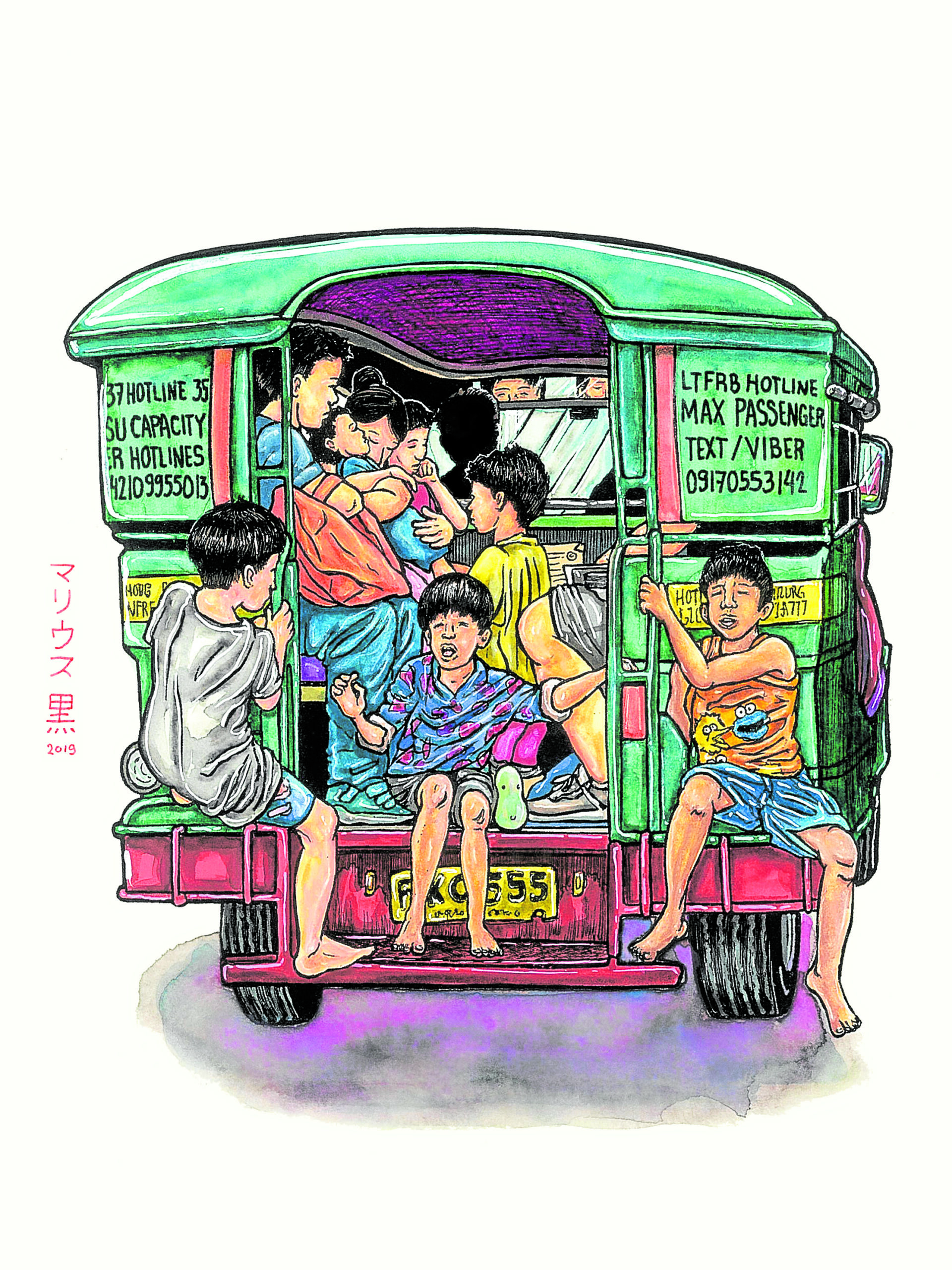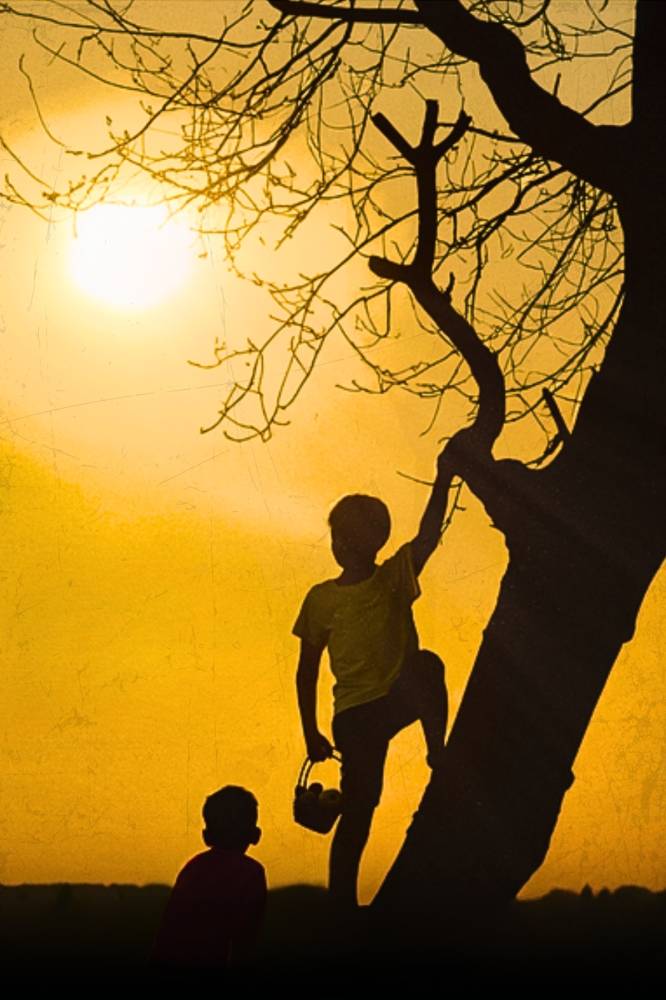
Spain is the home of bullfighting, paella and the 2010 World Cup champions. This summer, I had the unique experience of visiting its sunny southern province of Andalucia and the capital city of Madrid.
In 2012, the Futbol Funatics (FF) Soccer Camp for Kids began the Football Immersion and Cultural Exchange Program (Ficep), an annual 18-day tour of Spain by a delegation of 16 players to train under Spanish coaches and play against local teams from Andalucian cities and towns, culminating in a three-day trip to Madrid.
The training was facilitated by Cedifa (in English, the center of studies, development and research of Andalucian football), with the FF coaches as chaperones. The group I traveled and played with was the second Ficep delegation to be sent since the program began.
The first 12 days consisted of training in Antequera. The Philippine delegation was pitted against local teams from Sevilla, Malaga, Antequera and Campillos.
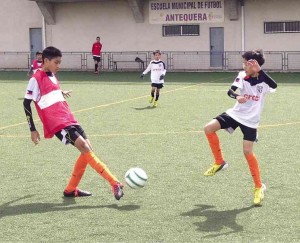
The training opened our eyes to the secrets of internationally renowned Spanish football. The Spanish coaches emphasized keeping possession of the ball and thinking before passing.
We were also taught how to properly execute various formations, such as the 3-2-1, the 3-3 and the 3-2-2, and which formation to implement at various situations.
Learning the “tiki-taka” style of possession play that Spain is so well-known for was a challenge, but rewarding nonetheless.
No distraction
In Andalucia, you hardly see kids using smartphones and similar gadgets that would otherwise be a common sight in Manila; and with not a tablet in sight, children are free from potential distractions. After school, kids would flock to the town field, regardless if they played or not. I feel this is a contributing factor to Spain’s success in football.
In Spain, football is not just a sport—it’s a religion. The sheer devotion to the game is reflected in the quality of the fields. They are all synthetic, allowing for all-year, all-season play.
The abundance of such synthetic fields was surprising. Whether you visit large cities or the smaller provincial towns, the quality of playing fields is assured.
When we played in the small Sevillan town of Alcala, I was shocked to see the size and quality of the football field which outclasses even newer synthetic fields in the Philippines. Recession or not, the Spanish passion for football has not withered and has, in fact, been strengthened as a source of national pride.
Source of unity
Football in Spain also unites people. In our Alcala game, the supporters cheering for the local team naturally outnumbered our own, which consisted merely of the handful of parents that accompanied us to Spain. But every time the Spanish team would score a goal or make a good play, our parents would applaud them. In turn, whenever our team would score, the Spanish crowd would applaud us as well. It was a beautiful thing to witness: people forgetting their differences and coming together for the love of the game.
Real Madrid
An experience I will never forget was our visit to the Estadio Santiago Bernabéu, home of the legendary Real Madrid. We were blessed with the opportunity to tour the stadium and watch a live match between Real Madrid and Osasuna. This game was one of many lasts. It was Real Madrid’s last game on the last day of the 2012-2013 season. It was also the last game of Jose Morinho as manager of Real Madrid before leaving for London to manage Chelsea.
A fortnight before watching the Madrid match, we watched Osasuna play against Granada F.C. in Granada’s home turf. While the temperature was 10 degrees Centigrade and it was drizzling, the passion and commitment displayed by the Granada supporters were no less than what we had experienced at the Bernabéu.
Prado, Retiro
However, Spain is not all football. During the Madrid leg of the trip, I went around the city with my family and the famous Prado Museum in the heart of Madrid was one of the many sights we visited. We saw classic paintings such as Velasquez’s “Las Meninas” and Francisco Goya’s “Vestida Maja” and “Desnuda Maja.” Incidentally, Guillermo del Toro, director of the coming sci-fi film “Pacific Rim,” drew inspiration from Goya’s “The Colossus.”
We even met Italian-Australian actress Greta Scacchi, who was filming a documentary outside the museum.
Another experience I cherish was visiting Retiro Park with the team. We spent an afternoon strolling in the magnificent scenery, enjoying some Spanish ice cream, telling stories and enjoying each other’s company. The nice thing about Retiro Park is that it gives people a relatively safe place to relax and go about their business. With armed police on foot, car, horse and even Segway, it made people feel secure even in the deep pockets of the park. Built by the Spanish monarchy in 1505, this piece of land which measures over 140 hectares, was opened to the public in the late 19th century. Before that, it served as the royal family’s private garden.
Jamon Iberico, paella
Spain is also home of the world famous, acorn-fed black Iberian pig that becomes the famous ham known as jamon Iberico de Bellota. Jamon is a classic component of a tapas meal, with the Bellota being one of the finest treats.
Meanwhile, Spain’s seafood, accessible anywhere even in land-locked Madrid, is always fresh, whether it be the grilled octopus (pulpo), which would always be tender and never rubbery, or the sardines (boquerrones), which would never taste fishy nor be masked in salt.
Then, of course, there’s the paella, with its endless ways of preparation, either with rice or noodles (fideo).
The summer I spent in Spain was unforgettable—the football, the food and the fun.

